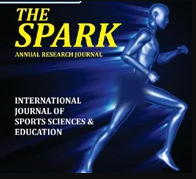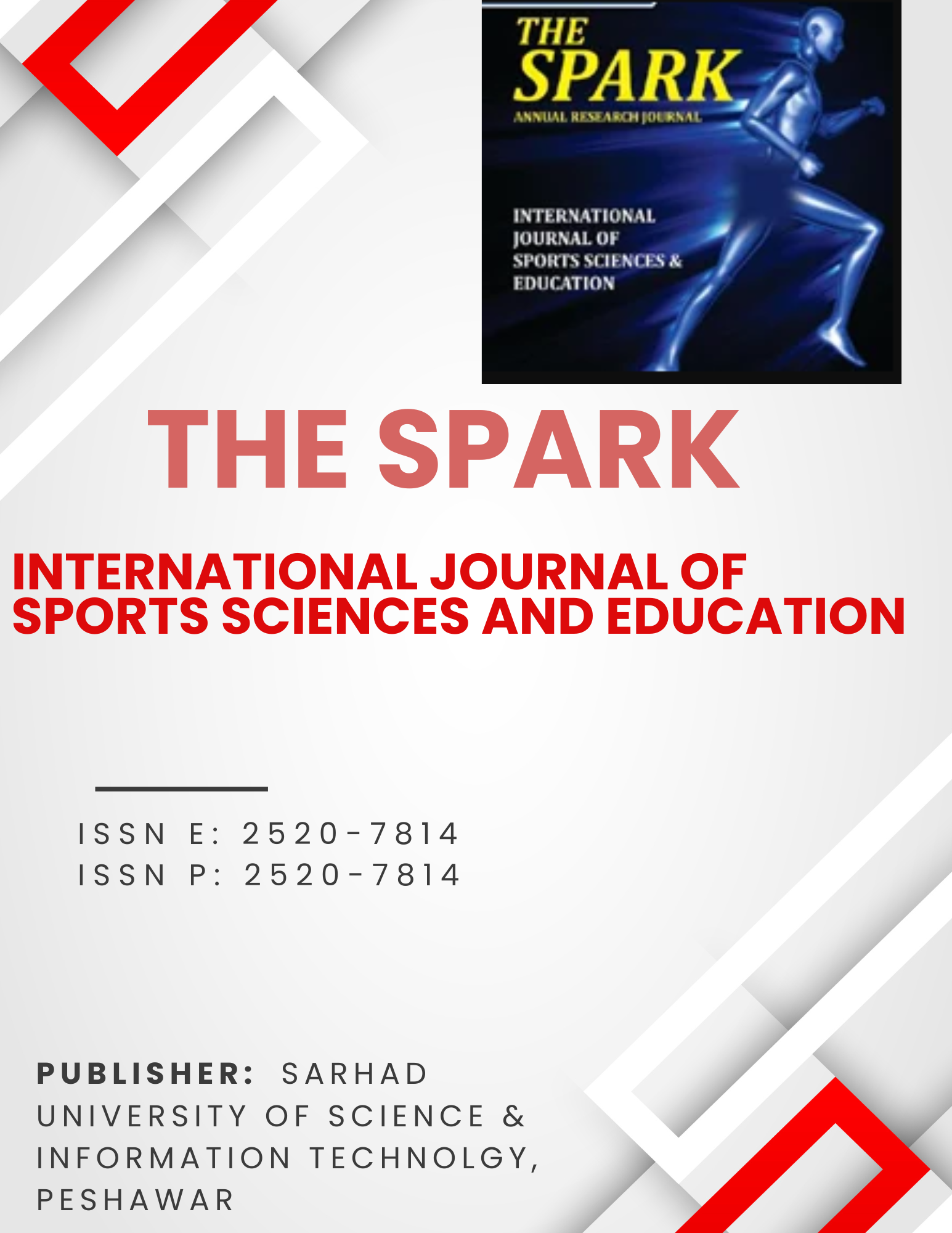META-ANALYSIS OF QUALITY STANDARDS FOR TEACHER EDUCATION
Keywords:
Meta-Analysis, Quality Standards, Quality IndicatorsAbstract
The paper in hand deals with meta-analysis of quality indicators of Teacher Education. The study was designed to determine the actual standards for quality teacher education, to compare the national quality standards of teacher education with international standards, to enlist the merits and demerits of quality standards of teacher education in Pakistan and to give some suggestions for improving teacher education standards in Pakistan. Method of the study was critically reviewing and analyzing the quality indicators practiced by international Teacher Education councils and various global universities, HEC & NACTE standards for quality education. The results and findings were the existing of the gap in the scope of quality indicators, the difference in the number of indicators and unequal treatment to some indicators with reference to its significance. The study recommends harmonized scope in the quality of indicators, review and updating the indicators in the context of Pakistani educational setting, equal weighting may be awarded irrespective of the nature and body of the significant level of the indicators. Pakistani standards may be reviewed thoroughly and it may be updated in light of international standards for quality teachers’ education. It was concluded that Monitoring and evaluation system for the implementation of the quality standards may be regularized and be made biased free, so that a quality system for teacher education be established in the country.
References
Adams, H. P., Bendixen, B. H., Kappelle, L. J., Biller, J., Love, B. B., Gordon, D. L., & Marsh, E. r. (1993). Classification of subtype of acute ischemic stroke.Definitions for use in a multicenter clinical trial.TOAST.The trial of Org 10172 in Acute Stroke Treatment. Stroke, 24(1), 35-41.
Benavot, A. (2004). A Global study of intended instructional time and official school curricula, 1980-2000. Paper commissioned for the EFA Global Monitoring Report 2005, The Quality Imperative: UNESCO. IBE.
Bernard, A. B., & Jensen, J. B. (1999). Exceptional exporter performance: cause, effect, or both? Journal of international economics, 47(1), 1-25.
Chaudhary, A. R., Iqbal, A., &MahmoodGillani, S. Y. (2009). The Nexus between Higher Education and Economic Growth: An Empirical Investigation for Pakistan. Pakistan Journal of Commerce & Social Sciences, 3.
Commission, H. E. (2007). Achievements of the Higher Education Commission (HEC) July 2004-June 2006: Islamabad.
Dilshad, R. M. (2010). Assessing Quality of Teacher Education: A Student Perspective.Pakistan Journal of Social Sciences (PJSS), 30(1).
Education, I. S. f. T. i. (2007). National educational technology standards for students: ISTE (InternalSoc Tech Educ.
Fobelets-VVOB, S. (2015).The Expansion of Early Childhood Education.
Framework, A. Q. T. (2007).Quality indicators overview. Australia. AQTF.
Mallinson, G. G. (1977). A summary of research in science education, 1975: J. Wiley.
Nizamani, S., Khoumbati, K., Ismaili, I. A., &Nizamani, S. (2014). A conceptual framework for ERP evaluation in universities of Pakistan.arXiv preprint arXiv:1402.0116.
Plotner, A., Trach, J., &Shogren, K. (2012).Identifying a Transition Competency Domain Structure: Assisting Transition Planning Teams to Understand Roles and Responsibilities of Community Partners.Rehabilitation Research, Policy & Education, 26.
Sciences, N. R. C. C. o. G. C. i. E. (2001). Grand challenges in environmental sciences: National Academy Press.
Shami, P. A., &Hussain, K. S. (2006). Development of education in Pakistan: Academy of Educational Planning and Management, Ministry of Education.
Sood, R. (2008). Medical education in India.Medical teacher, 30(6), 585-591.
Yackulic, R., & Noonan, B. (2001).Quality indicators for teacher training in Canada. Quebec City.
Zeichner, K. (2010). Preparing globally competent teachers: A US perspective. Paper presented at the Colloquium on the Internationalization of Teacher Education. NAFSA: Association of International Educators. Kansas City.
Downloads
Published
How to Cite
Issue
Section
License
Submission of an original manuscript to the Journal will be taken to mean that it represents original work not previously published, that it is not being considered elsewhere for publication. And if accepted for publication, it will be published in print and online and it will not be published elsewhere.
The journal main policy reflects in its stance that the publication of scholarly research is exclusively meant to disseminate knowledge and not-for-purposes.








 Name of Journal:
Name of Journal: 